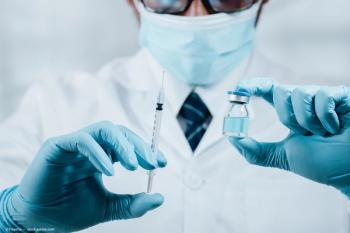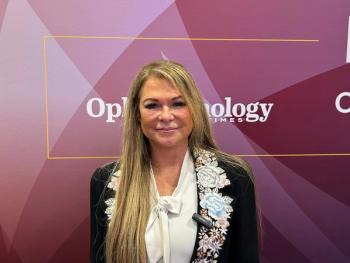
Rare Disease Day: Raising awareness, generating change for 300 million people worldwide diagnosed with a rare disease
The goal of the National Eye Institute (NEI) is to shed light on rare diseases that affect every bodily system.
Rare Disease Day is February 28 or February 29 in leap year, the rarest day of the year.
This day is designed to raise awareness of these diseases, that actually, in and of themselves, are not so rare. There are more than 7,000 diseases defined as rare that affect more than 300 million people worldwide, this according to rarediseaseday.org.
The goal of the National Eye Institute (NEI) is to shed light on rare diseases that affect every bodily system.
“Everyone deserves equitable opportunities and access to health care. patients with rare diseases are most likely to face misdiagnosis, treatment inequality, and isolation,” according to this community, seeking to build disease awareness.
Rare diseases defined
A rare disease is one that affects fewer than 1 in 2,000 people. This amounts to 3.5% to 5.9% of the population, and 72% of these diseases are genetic.
Almost three-quarters of these diseases start during childhood and about 1 in 5 pediatric cancers are rare.
Rare diseases, the coordinators explained, are characterized by a broad diversity of disorders and symptoms that vary not only from disease to disease but also from patient to patient suffering from the same disease.
Rarest eye diseases
According to the NEI, rare eye diseases include anophthalmia and microphthalmia, Bietti'scrystalline dystrophy, Behçet's disease, coloboma, Graves' eye disease, idiopathic intracranial hypertension, retinitis pigmentosa, retinoblastoma, Stargardt disease, and Usher syndrome.
2023 activities
This year, 106 countries are involved in Rare Disease Day and over 600 events are planned.
A visit to the website shows the range of activities that are available by location.
This website helps patient organizations, patient advocates, and other interested in campaigning for equity for rare diseases to identify resources and promote campaign events.
The website also provides information on explaining these disease to children, since so many of the disease appear during childhood.
The first Rare Disease Day was in 2008 and since then has played a critical part in building an international rare disease community that is multi-disease, global, and diverse– but united in purpose.
In the beginning
Rare Disease Day was set up and coordinated by EURORDIS (Rare Diseases—Europe) and 65+ national alliance patient organization partners. “Rare Disease Day provides an energy and focal point that enables rare diseases advocacy work to progress on the local, national and international levels,” the group states.
In the US, the National Organization for Rare Disorders (NORD) is the official US partner for Rare Disease Day. NORD works with EURORDIS and others all around the world to drive an international campaign that shines a light on rare diseases and advocates for health equity for all those living with a rare disease. The international
Rare Disease Day at the NIH will be held in person at NIH Main Campus (Natcher Conference Center) on February 28, from 9 am to 5 pm Eastern Standard Time.
Newsletter
Don’t miss out—get Ophthalmology Times updates on the latest clinical advancements and expert interviews, straight to your inbox.



















































.png)


